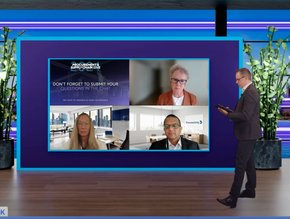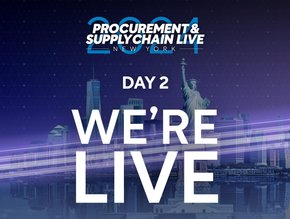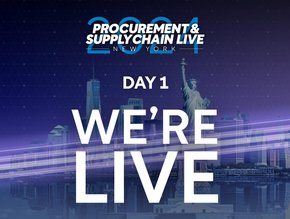Procurement and Supply Chain Live: Shaun Plunkett

In his session at Procurement and Supply Chain Live, Shaun Plunkett, VP, Global Supply Chain, Macmillan Education Ltd presented a frank and insightful case study of the publisher’s supply chain transformation journey.
Established in 1843, the publisher now serves a global market, and is present in 120 countries worldwide - and yet its traditional supply chain model remains relatively unchanged since the company was founded almost 170 years ago. Sales and marketing drive demand, products are shipped around the globe and common issues prevail. There are logjams in available stock, causing regular emergencies, which incurred massive freight costs. The knock-on effect was low service levels, high levels of complaints, and an inability to measurement service levels.
Plunkett has stewarded the publisher through a wholesale transformation, moving to a localised supply chain model, with regional hubs created to serve the actual demands of that territory. Within those hubs, products are printed, stored, fulfilled physical and digitally.
“Radical and bold” Transformation in Publishing
“Did we just tinker with our supply chain? No I prefer to do something radical and bold,” he said. “There is no freight cost within that model, we’ve literally eliminated it. We also have negotiated with all our vendors a totally variable cost model, so we’re only paying for what we use. In the past we used to own all those facilities, we used to pay for all that fixed cost, we had all that seasonality, and all of that cost we had to bear. We’ve now extracted that from the supply chain.”
The initiatives have also supported the CSR goals of Springer Nature Group, the overarching group of which Macmillan Education is a part. It is proof that supply chains have enormous influence in helping organisations realise ambitious ESG commitments without comprising on quality, day-to-day business, cost benefits or the customer experience.
A Digital Future for Macmillan Education
Macmillan Education’s supply chain will continue to evolve in the coming years, with more regional hubs set to open in China, and other key overseas markets. The business will also deploy an ERP, in partnership with SAP - that’s right: “All of this [transformation] was done with no systems,” Plunkett said.
“All of those savings were delivered. There’s a lot of benefits of putting the right systems in, making sure your data is corrected, etc. However, you can still make massive change, and deliver it, without those infrastructures in place.”
“Communication has been key - and that’s both internally and externally,” he added. “Our suppliers also needed to be fully engaged. Some the suppliers we had to manage: they didn’t want to go on the journey, so we had to lose them. But that still needs managing, otherwise you create further supply chain problems.”






